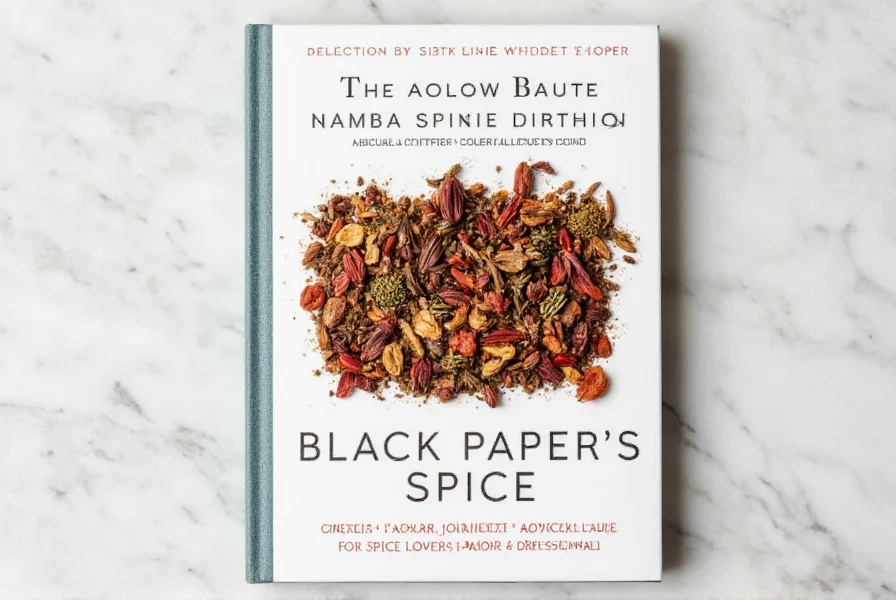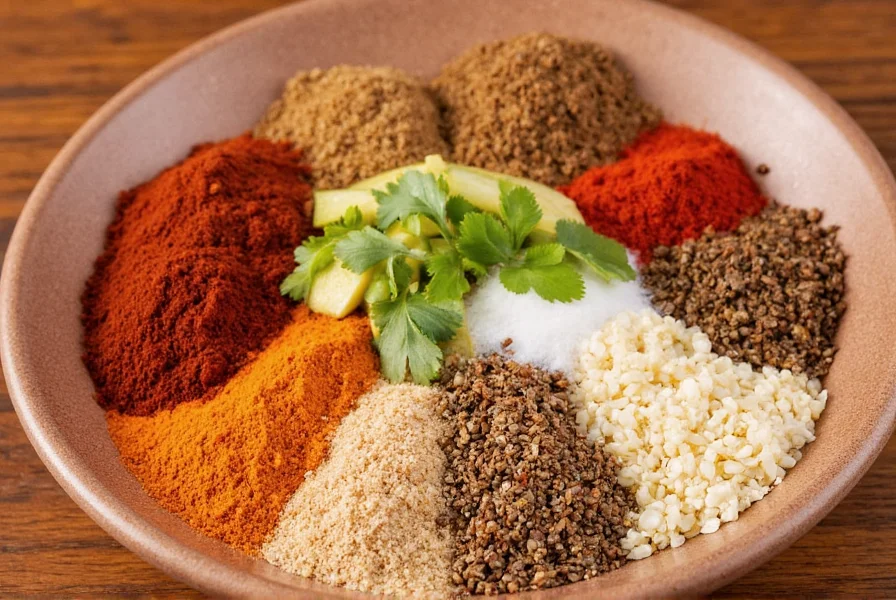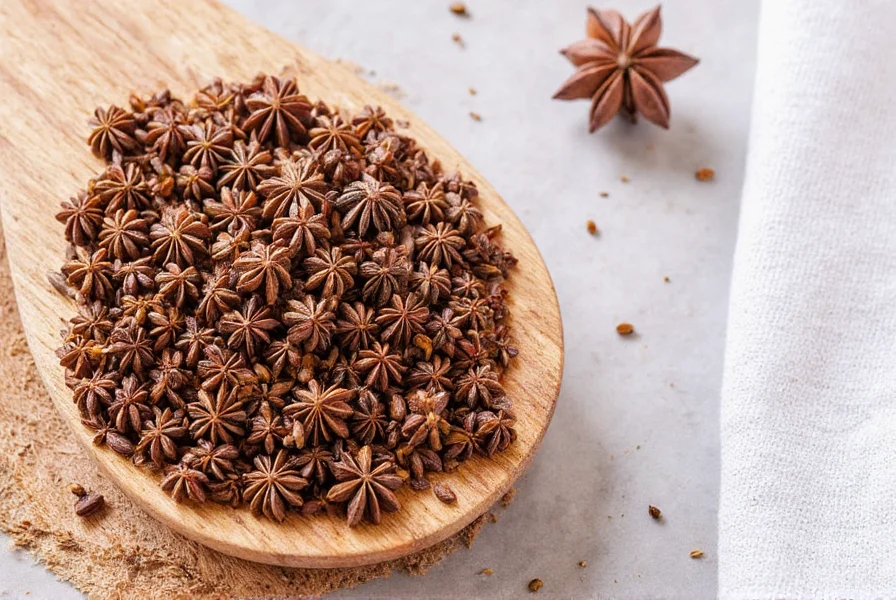Table of Contents
Introduction to Black Cumin
Black cumin (Nigella sativa), also known as black seed or kalonji, is a versatile spice with a rich history in culinary and traditional medicine. Native to South and Southwest Asia, it's widely used in Middle Eastern, Indian, and North African cuisines for its distinctive nutty flavor and potential health benefits. This article provides accurate, science-backed information about black cumin, including its culinary applications, storage tips, and how to select high-quality products.

What Is Black Cumin?
Black cumin (Nigella sativa) is a flowering plant in the Ranunculaceae family, distinct from regular cumin (Cuminum cyminum). Its small, black seeds are harvested for culinary and medicinal use. Unlike regular cumin, black cumin has a unique nutty, slightly bitter flavor with hints of oregano and onion. It's commonly used in breads, curries, and spice blends like za'atar. The name "black cumin" is sometimes confused with "black seed," but both refer to Nigella sativa.

Flavor Profile and Uses
Black cumin has a complex flavor profile: nutty, earthy, with subtle notes of onion and oregano. Its bitterness balances rich dishes, making it ideal for savory applications. Here are common culinary uses:
- Breads: Sprinkle on naan, pita, or flatbreads before baking for a traditional Middle Eastern touch.
- Curries and Stews: Add whole or ground seeds to lentil dishes, rice pilafs, or meat stews for depth.
- Salads and Dressings: Mix into yogurt-based dressings or sprinkle over roasted vegetables.
- Spice Blends: A key ingredient in za'atar and other Middle Eastern spice mixtures.

Practical Tips for Using Black Cumin
Follow these evidence-based tips to maximize flavor and freshness:
- Toast Whole Seeds: Lightly toast seeds in a dry pan before grinding to enhance aroma and reduce bitterness.
- Use Sparingly: Start with 1/4 teaspoon per serving; its strong flavor intensifies with heat.
- Pair with Complementary Spices: Combine with coriander, cumin, or turmeric for balanced flavor profiles.
- Store Properly: Keep in an airtight container away from light and heat to preserve potency for up to 6 months.

Buying Guide: How to Choose the Best Black Cumin
| Feature | Description |
|---|---|
| Origin | Look for seeds from reputable regions like India, Pakistan, or Egypt for authentic flavor and quality. |
| Appearance | Seeds should be uniform black, shiny, and free from debris. Avoid discolored or dull-looking seeds. |
| Aroma | Fresh black cumin has a distinct nutty, slightly sweet scent. Stale seeds smell musty or lack aroma. |
| Packaging | Choose opaque, airtight containers or vacuum-sealed bags to protect from light and moisture. |
| Brand Reputation | Opt for brands with third-party testing certifications and positive reviews from culinary experts. |

Trusted brands include:
- Spice House: Known for rigorous quality control and sourcing from trusted farms.
- Penzeys Spices: Offers organically certified black cumin with detailed origin information.
- Mountain Rose Herbs: Specializes in ethically sourced, high-potency culinary herbs and spices.

Frequently Asked Questions About Black Cumin
What is black cumin exactly?
Black cumin (Nigella sativa) is a flowering plant in the Ranunculaceae family, native to South and Southwest Asia. Its small black seeds are used as a spice in traditional cuisines and herbal remedies. It is not related to regular cumin (Cuminum cyminum), which belongs to the Apiaceae family.
How is black cumin different from regular cumin?
Black cumin (Nigella sativa) and regular cumin (Cuminum cyminum) are entirely different plants. Black cumin seeds are smaller, darker, and have a nuttier, more complex flavor with hints of onion and oregano. Regular cumin has a warmer, earthier taste and is commonly used in Mexican and Indian dishes. They are not interchangeable in recipes.
Is black cumin the same as black pepper?
No, black cumin (Nigella sativa) and black pepper (Piper nigrum) are completely unrelated. Black pepper comes from the Piperaceae family and has a sharp, pungent heat, while black cumin has a nutty, mild bitterness without heat. The "black" in both names refers to color, not botanical relation.
Can I substitute black cumin if I can't find it?
Yes, but substitutions will alter flavor. For every teaspoon of black cumin, try 1/2 teaspoon caraway seeds plus 1/4 teaspoon fennel seeds for similar nutty notes. Alternatively, use 1/2 teaspoon nigella seeds (which are the same as black cumin) or 1/4 teaspoon toasted sesame seeds with a pinch of oregano. Avoid using regular cumin as a substitute—it lacks black cumin's distinctive profile.
Does black cumin have health benefits?
Research suggests black cumin may support immune function and have anti-inflammatory properties due to thymoquinone compounds. However, these effects are based on preliminary studies and traditional use. Always consult a healthcare professional before using it for medicinal purposes, as it may interact with medications. For culinary use, it's safe in typical food amounts.
Why does my black cumin smell different than expected?
Fresh black cumin should have a distinct nutty, slightly sweet aroma with hints of oregano. If it smells musty, stale, or lacks potency, it may be old or improperly stored. Exposure to light, heat, or moisture degrades quality. Store in an opaque, airtight container in a cool, dark place for maximum freshness.
Conclusion
Black cumin (Nigella sativa) is a unique spice with rich culinary applications and historical significance. By understanding its true characteristics and proper usage, you can elevate dishes while avoiding common misconceptions. Always source from reputable suppliers and store correctly to maintain freshness and flavor integrity.
Remember: Black cumin is not related to regular cumin or black pepper. When used correctly, it adds a distinctive nutty depth to both savory and sweet preparations. Experiment with small quantities to discover its full potential in your kitchen.















 浙公网安备
33010002000092号
浙公网安备
33010002000092号 浙B2-20120091-4
浙B2-20120091-4